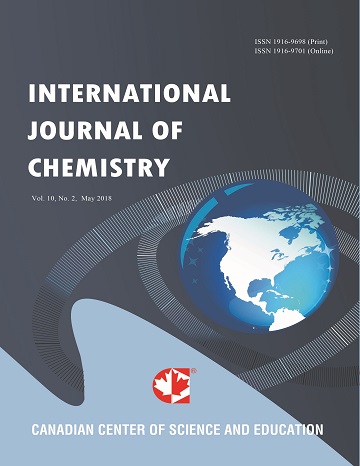A Comparative HPLC Analysis of Myricetin, Quercetin and Kaempferol Flavonoids Isolated From Gambian and Indian Moringa oleifera Leaves
- Leroy A. Shervington
- Bianca Szeaar Li
- Amal A. Shervington
- Nsima Alpan
- Ronak Patel
- Usamah Muttakin
- Ebrahim Mulla
Abstract
Moringa oleifera has been used for centuries as a traditional medicine in a number of sub-tropical countries. Recent studies have found it to be rich in flavonoids that exhibit antioxidant activity both in vitro and in vivo. In this study slightly modified conditions were examined in order to maximise the yield of these compounds in particular; Myricetin, Quercetin and Kaempferol. Quantitative analysis of these flavonoids were established using reverse phase ion-pairing High Performance Liquid Chromatography (HPLC) at a wavelength of 370 nm. The method development was carried out following the International Conference for Harmonization guidelines. It was found that refluxing with 0.10 M hydrochloric acid for 24 hour provided high yields of the flavonols (myricetin 292 mg/kg, quercetin 1099 mg/kg and kaempferol 133 mg/kg). There was a significant difference in the yield of these flavonols originating from the different geographical locations, with Community Forest Management Farm (CFM Farm) yielding the highest quantity of the flavonols under the conditions applied.
- Full Text:
 PDF
PDF
- DOI:10.5539/ijc.v10n4p28
Index
Contact
- Albert JohnEditorial Assistant
- ijc@ccsenet.org
